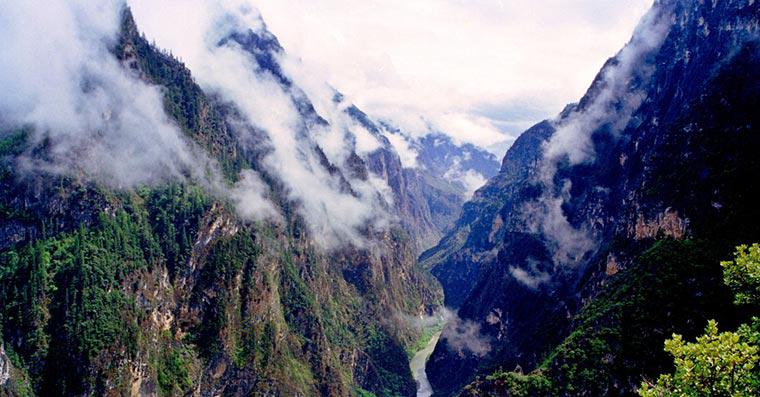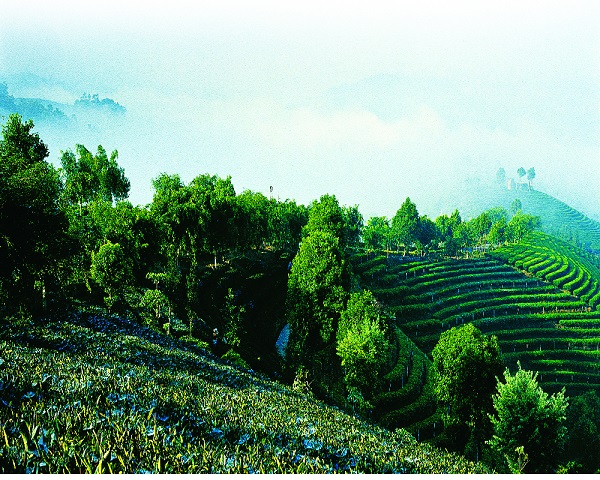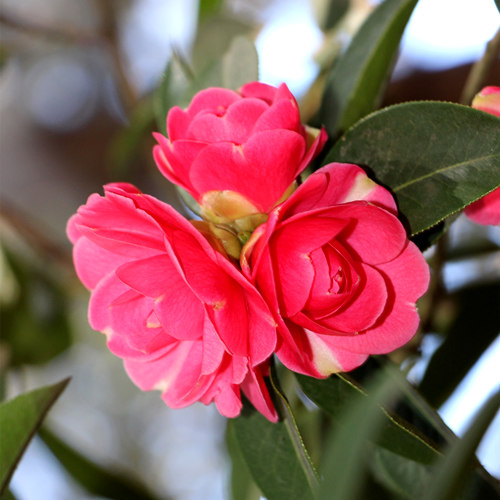
Detailed Introduction to Xichou County of Wenshan Prefecture
Overview
Xichou County lies in the southeastern corner of Wenshan Prefecture, bordering Vietnam to the south. Its county seat is Xisa Town (西洒镇). Covering an area of 1,545 km² and home to 203,630 residents as of the 2020 census, Xichou is a compact, multi‑ethnic county that has undergone a remarkable ecological transformation in recent years
Geography & Climate
Topography: Averaging 1,200–1,700 m above sea level, Xichou features rolling karst hills, stony‑desert plateaus, and pockets of fertile basins.
Climate: Located in a subtropical low‑latitude monsoon zone, Xichou enjoys mild winters and warm, humid summers. The annual mean temperature is 15.9 °C, with a frost‑free period of 340–362 days and average yearly rainfall of 1,252 mm, concentrated between May and October
Administrative Divisions & Population
2 Towns: Xisa (西洒镇), Xingjie (兴街镇)
7 Townships: Fadou (法斗乡), Dongma (董马乡), Jijie (鸡街乡), plus 4 others
Population: Approximately 203,630.
Ethnic Composition: A rich tapestry of Han, Zhuang, Miao, Yao, Yi, and Luo subgroups (e.g., Flowery Luo, Black Luo), reflecting centuries of cultural intermingling
Ecological Restoration & Green Development
Since 2012, Xichou has pioneered a “stony desert to karst oasis” strategy:
Afforestation of 20,000 ha of wasteland and 15,333 ha of closed mountains
Forest coverage now exceeds 100,667 ha (≈55% of county area)
Management of 423 km² of karst terrain and 247 km² of formerly desertified land
Designated in 2021 as a national innovation base for ecological protection (“lucid waters and lush mountains are invaluable assets”)
Agriculture & Specialty Industries
Panax Notoginseng: In Lianhuatang Town, large‑scale, standardized cultivation has turned Xichou into a key node in Wenshan’s biopharma industry. As of 2022, Wenshan’s Panax notoginseng area exceeded 153,000 ha, with bases around Xichou contributing significantly to a 31 billion ¥ output value
Organic Fruit & Kiwifruit: In Sanguang Village, dragon‑fruit and high‑altitude kiwifruit plantations provide sustainable incomes for hundreds of households.
Grain & Vegetables: Consolidation of terraces and improved irrigation guarantee food security, while plateau lakes support carp and shrimp aquaculture
Key Attractions
Sanguang Village (三广村)
– A flagship of Xichou’s ecological revival: terraced fields, stone embankments, and restored woodlands now surround a once‑barren hamlet.
Lianhuatang Panax Notoginseng Base
– Visitors can tour standardized ginseng fields, learn about biopharmaceutical processing, and experience rural revitalization firsthand
Karst Plateaus & “Stony Desert” Landscapes
– Scenic drives through stark, rocky ridges juxtaposed with verdant belts of new forest offer striking photo‑ops and geopark‑style experiences.
Transportation
Road: Provincial highways connect Xichou with Wenshan City (~2 hrs) and Jinping County to the south.
Rail: Nearest service via Wenshan–Guangzhou line at Wenshan Airport Station.
Air: Wenshan Yanshan Airport (WNH) lies just 6 km from Xichou’s center, handling over 268,000 passengers in 2021
Conclusion
Xichou County exemplifies how innovative land management, ethnic cooperation, and specialty agriculture can convert a fragile karst “stone desert” into a thriving green economy. From its multi‑ethnic heritage to its high‑value Panax notoginseng fields and spectacular karst vistas, Xichou offers both a model of sustainable development and a unique frontier for cultural‑ecotourism.



